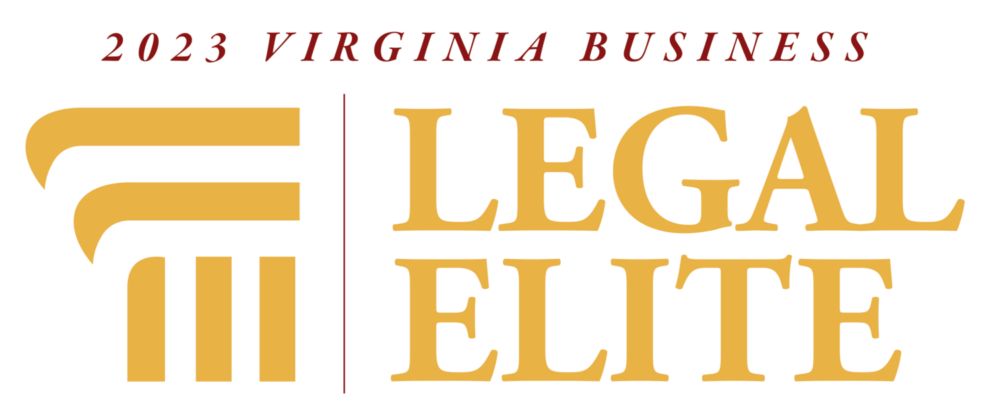We wanted to alert you to a recent and meaningful shift in USPTO examination practice that directly affects the strategy of filing continuation applications with “placeholder” claims to preserve pendency while preparing substantive claims.
Key developments:
- First-Action Final Rejections in These Cases Examiners are now issuing first-action final rejections immediately upon examination of continuations that contain only placeholder or clearly unpatentable claims. This practice is fully supported by longstanding MPEP § 706.07(b), which has always permitted a first office action to be made final when claims are either identical to previously examined/rejected claims or are manifestly unpatentable.
- Internal USPTO Docketing and Production Pressure Has Eliminated the Former Grace Period The USPTO has significantly tightened internal timelines. New continuation applications are now auto-docketed almost immediately, and Supervisory Patent Examiners are requiring their examiners to issue first actions within weeks of docketing. The previous informal practice in many art units—quietly “holding” a newly filed continuation for a month or two so applicants could file a preliminary amendment with real claims—is effectively gone.
Practical Impact and Our Recommendation:
Filing a continuation with only a placeholder claim (or a single extremely broad claim) to buy time is now much riskier than it was. In many cases, you may receive a first-action final rejection, which most likely will require a Request for Continued Examination (RCE) to have a full set of claims examined.
However, there is a significant upside to this shift: for applicants who file continuations with substantive claims ready to prosecute, the accelerated examination timeline means you can expect first office actions much sooner than in the past. This can substantially shorten overall pendency and get patents issued faster—a real advantage for time-sensitive technologies or competitive markets.
Best Practices Going Forward:
- Whenever possible, file the continuation with the actual, fully developed claim set you intend to prosecute.
- If circumstances require filing before the final claim set is ready, we strongly recommend filing a preliminary amendment with substantive claims within two weeks of the filing of the continuation. We would also suggest either filing with an independent claim of different scope than those in the parent application or the narrowest allowed claim rewritten in independent form to help avoid a first-action final rejection.
This change does not affect the strategic value of continuations in general, but it does eliminate the low-risk “placeholder” filing option that many of us have relied on in the past. For those prepared to hit the ground running, the faster examination pace is an opportunity worth leveraging.









